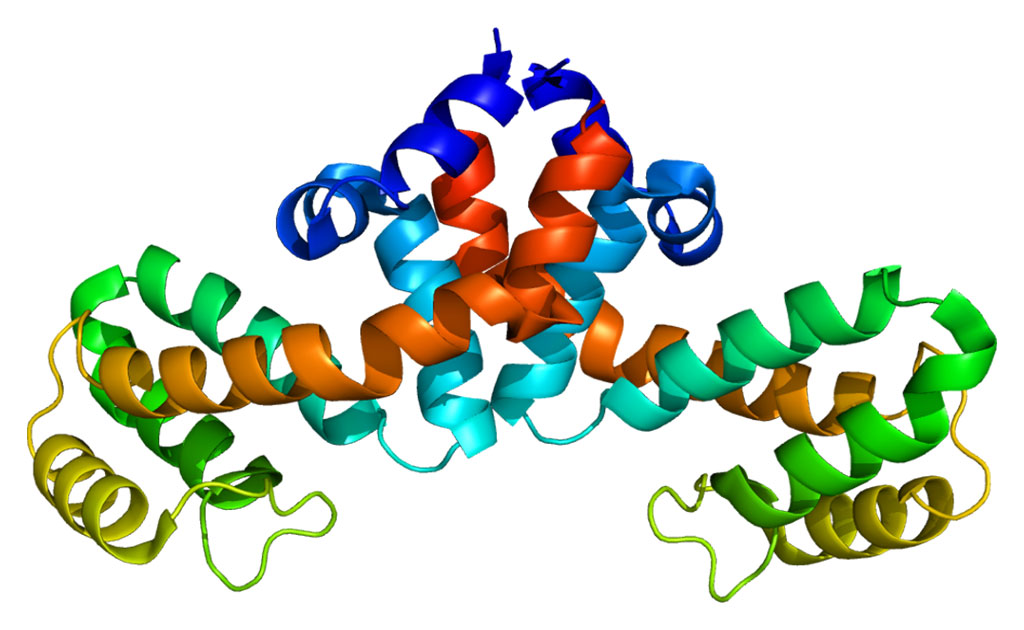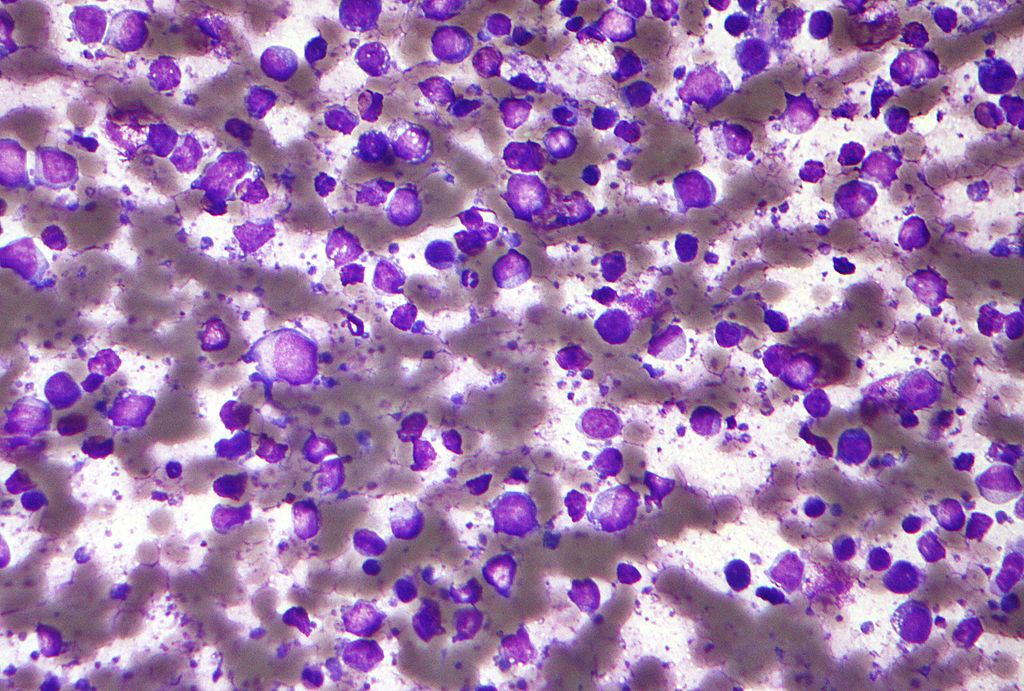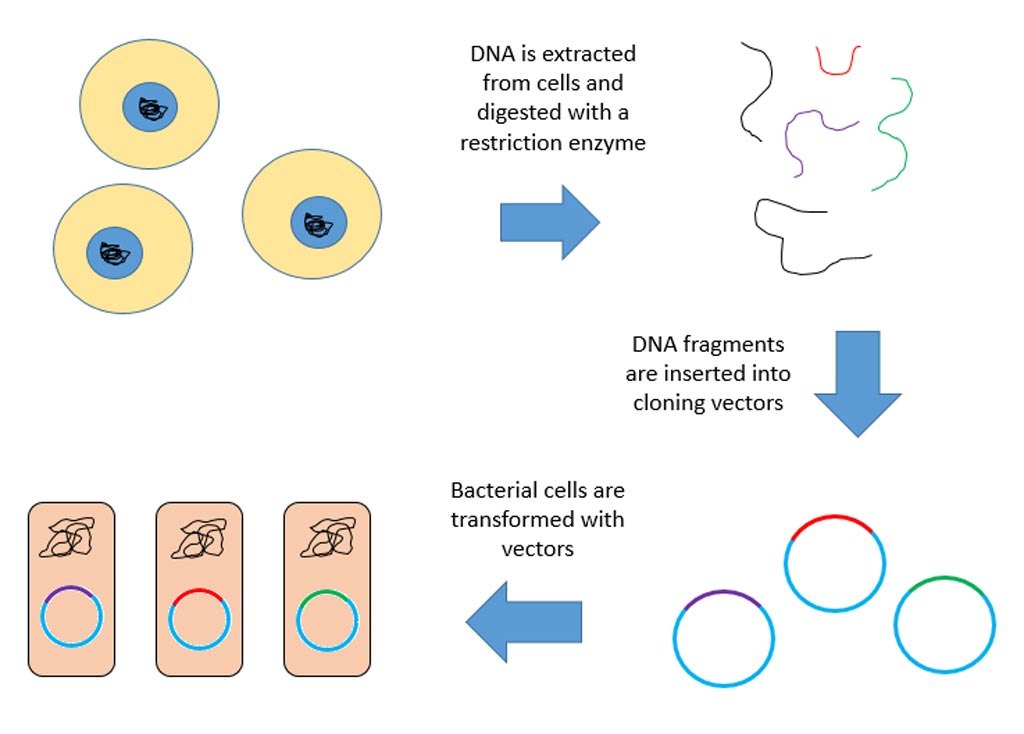Inhibiting Digestive Enzymes Blocks Malaria Growth
By LabMedica International staff writers
Posted on 10 Feb 2010
A multinational team of parasitologists and molecular biologists used X-ray crystallography to determine the mode of activity of two critical malaria parasite enzymes, which allowed them to suggest a direction for the development of drugs to inactivate them.Posted on 10 Feb 2010
The two enzymes, the neutral aminopeptidases, PfA-M1 and PfA-M17 from Plasmodium falciparum, function in regulating the intracellular pool of amino acids required for growth and development of the parasite inside the red blood cell. A previous publication concentrated on PfA-M1, while the current paper, which was published in the January 21, 2010, online edition of the journal Proceedings of the [U.S.] National Academy of Sciences (PNAS), focused on PfA-M17. While the precise functions of PfA-M1 and PfA-M17 are still speculative, it has been suggested that these enzymes function in the final stages of hemoglobin digestion and degrade the dipeptides produced by the action of various enzymes within the parasite's acidic digestive vacuole. This process is essential for the provision of free amino acids for parasite protein synthesis.
In the current paper, the investigators presented the structure of the hexameric PfA-M17 enzyme, with one and two metal ions bound in the active site. They also determined the structure of PfA-M17 in the complex with the inhibitors bestatin and phosphinic dipeptide analogue. They then compared and contrasted these data with their previously determined structure of PfA-M1 in complex with the same inhibitors and revealed differences in the manner in which the two enzymes receive, bind, and cleave N-terminal amino acid substrates.
The investigators believe that these studies will guide a rational approach toward the development of inhibitors with dual and selective activity for PfA-M17 and PfA-M1. Such reagents should permit key insights into the precise role of each enzyme in the parasite lifecycle and direct the structure-based design of unique classes of antimalarial drugs.
"By blocking the action of these critical parasite enzymes, we have shown that the parasites can no longer survive within the human red blood cell," explained contributing author Dr. John Dalton, professor of parasitology at McGill University (Montreal, QC, Canada).
Related Links:
McGill University














